
In recent years, trap music backpacked across Puerto Rico, Mexico, and multiple destinations in western Europe. Notably, it gained a foothold in Germany and France where popular artists like Mister You, Soolking, and PNL then helped spread it beyond these borders to their shared region of origin, North Africa, where it is now a staple in the music scene.
According to Suhel Nafar, Spotify’s Global Lead of Arab Music and Culture, relatability is the reason for trap music’s global takeover. “It connects with a wide range of people because it’s relatable and easy to digest in its simplicity, which is an important aspect of music.”
Today, trap is one of the most streamed genres in Morocco. The popularity of artists like female MC iLY is helping solidify Moroccan trap as an official sub-genre of hip-hop. “I call it Turab—which is a combination of the words trap and to-rap,” Nafar told For the Record. “Turab also means soil in Arabic, which is fitting seeing how we’re witnessing the growth of a new era of music in the Arab world.”
In May, the clearest indication yet of trap’s rising popularity in Morocco occurred when the rapper Issam signed a recording deal with Universal France—which the Huffington Post’s North African arm reported was the biggest contract ever signed in the history of Arab hip-hop. “One day, I picked up a rap playlist and I listened to Young Thug … I was really into him,” Issam told the Paris-based Arab arts collective NAAR last year about his introduction to trap music and his biggest musical inspiration.
With hundreds of thousands of monthly Spotify listeners and international attention from music publications and labels, Moroccan trap artists are putting their own spin on the ubiquitous subgenre and telling Moroccan stories by mixing Auto-Tuned vocals and Algerian Raï music’s rhythmic drum patterns and flute melodies with trap’s hi-hat heavy beats and dark synth lines.
Issam and iLY are just two of several rappers at the forefront of Morocco’s dynamic trap movement. ElgrandeToto, along with duo Shayfeen and rapper Madd also lead the wave. Other artists making their mark right now are 7liwa, a rapper from Casbalanca who recently signed a deal with Sony, and Lbenj, another Casablanca-based artist whose 2017 release, Galaxy, was well received in both his home country of Morocco and parts of Europe.
In Morocco specifically, trap’s influence tells a larger story of technology, access, and globalization. In recent years, the internet and smartphones have become much more accessible in the country, providing an infrastructure within which a movement could build and thrive. “Now everybody is connected, everybody can buy a two-quid smartphone … This is why, now, more people are following the movement…. It is more accessible,” Shobee of Shayfeen told NAAR in a recent interview.
Artists are also experiencing the benefits of access and globalization in the creative process. “I make music for Moroccans and people abroad—I try to make tracks and toplines that will interest people abroad, even if they don’t understand what I’m saying,” Issam has explained. While he makes and mixes a lot of his own music, Issam has also collaborated with American producers 808Godz (Migos, Travis Scott) and BricksDaMane (Young Thug, Drake, and more), as well as producers in Germany and France.
And yet, his songs retain the perspective of a young man from Morocco who is consistently engaged with the complicated realities inherent to his identity. “Caviar” samples the late Algerian Raï icon Cheb Hasni—known for his love songs and tackling taboo subjects in his lyrics—and tells the story of an immigrant abroad who misses his family and reminisces about life back home every night. “It’s a theme that’s very close to Cheb Hasni and a concept that’s pretty universal across the Maghreb,” (the region of North Africa that includes Algeria, Tunisia, Morocco, and Libya) Issam told The FADER last year.
While certain levels of access have allowed rappers like Issam to take DIY approaches and employ creative agency (in addition to writing and mixing his own music, he directs his videos), the lack of a deeply entrenched music industry infrastructure in Morocco has presented some obstacles. “There is no network to organize concerts, no venue to make your own tours, but musically speaking, we have everything, even to match the American market,” Shayfeen’s Shobee has said. Nevertheless, Issam’s new record deal is an exciting affirmation from the larger music community and proof that, like so many other powerful off-shoots, Moroccan trap is here to stay.
Check out songs by Shayfeen and 7liwa on our Arab Hip-Hop playlist.







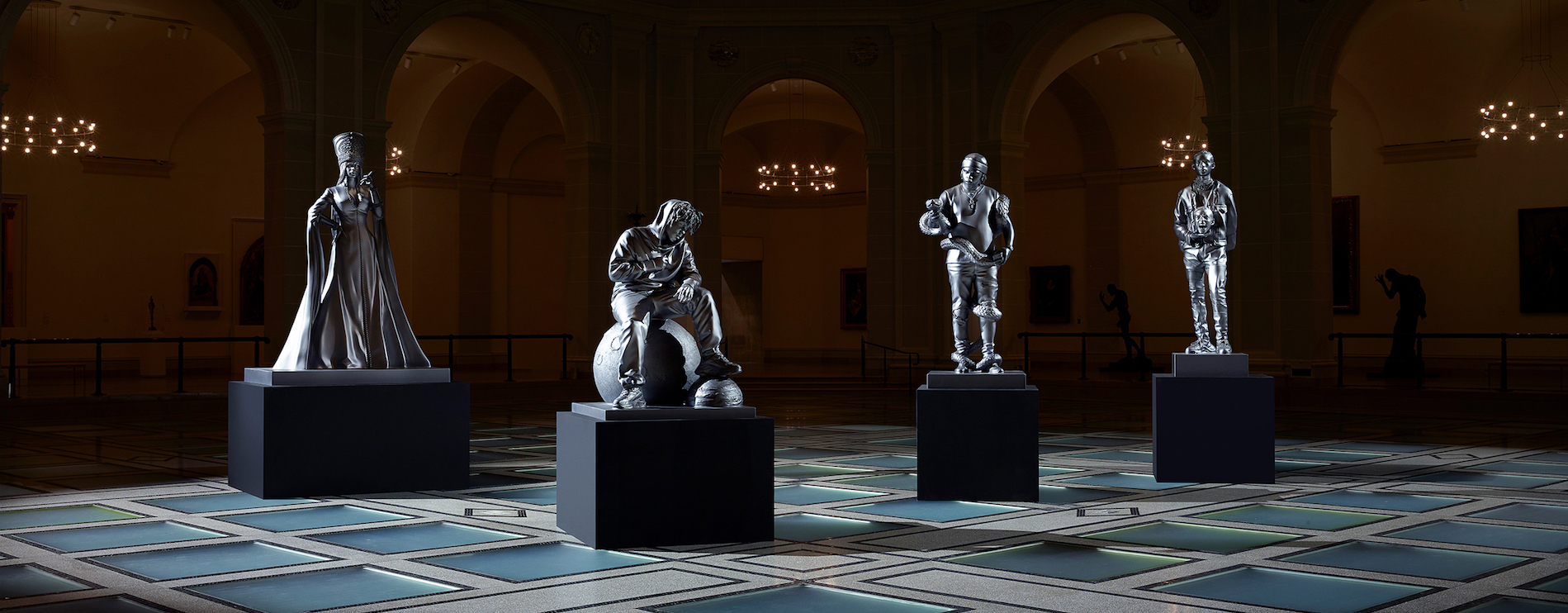
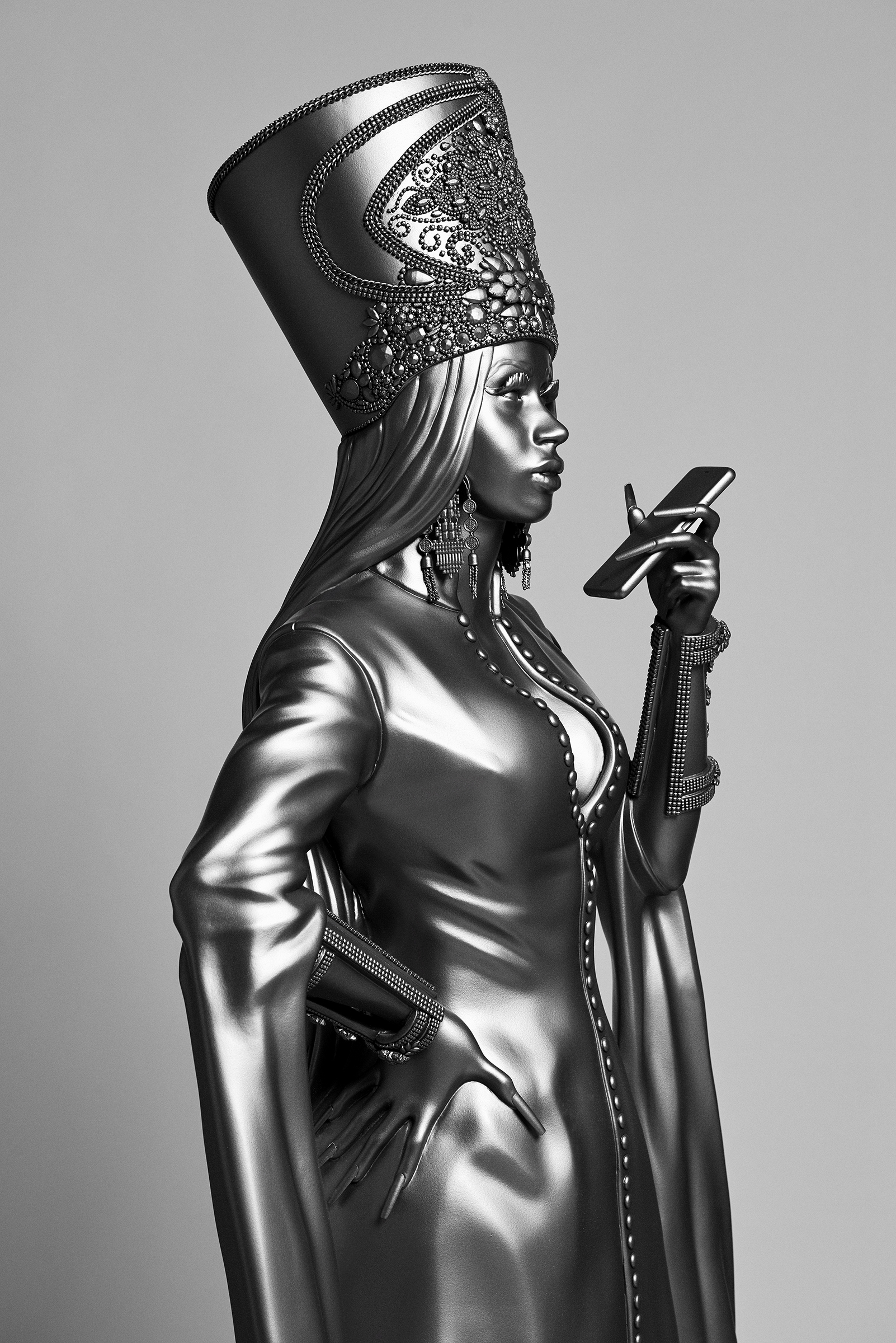
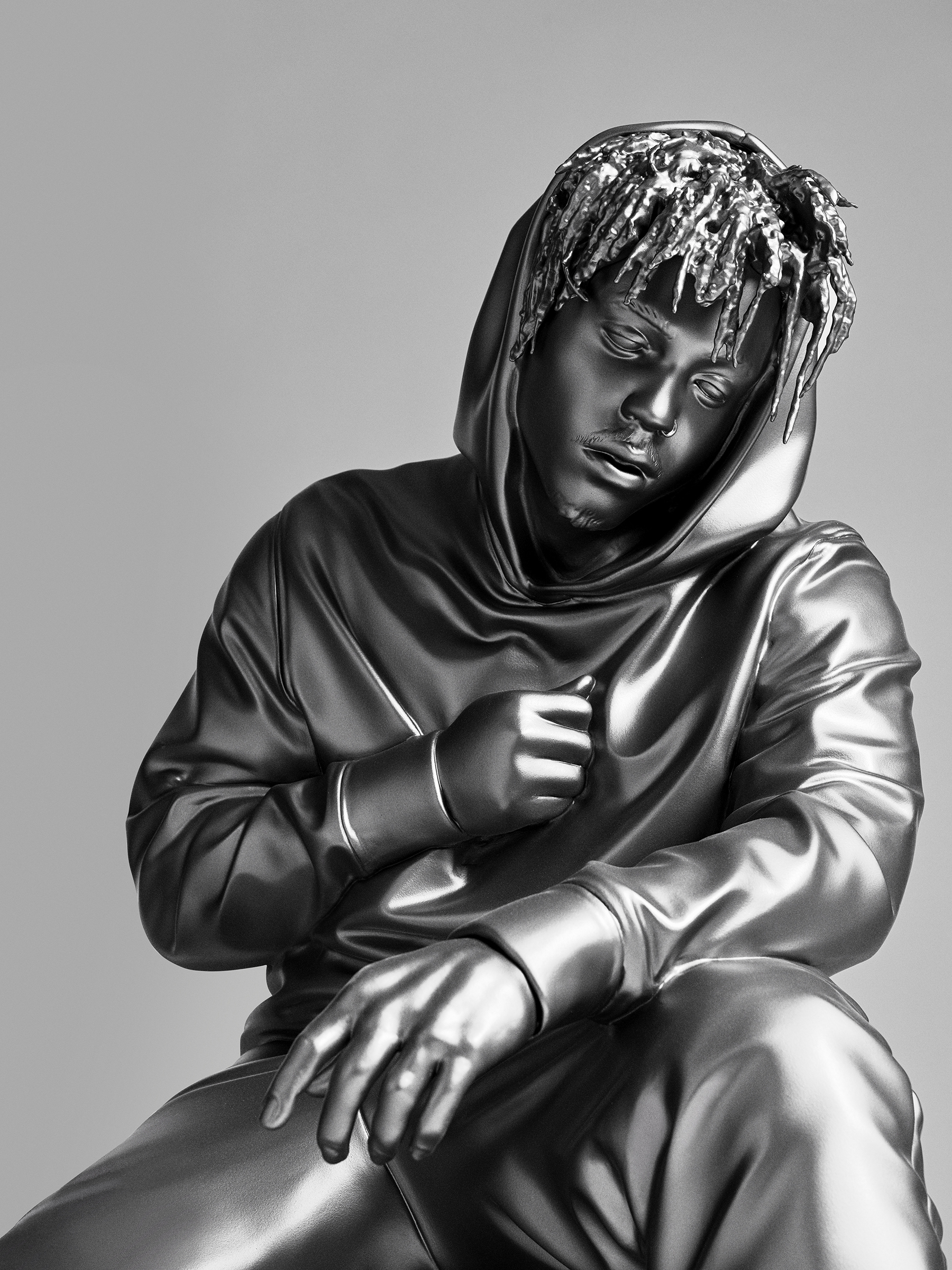
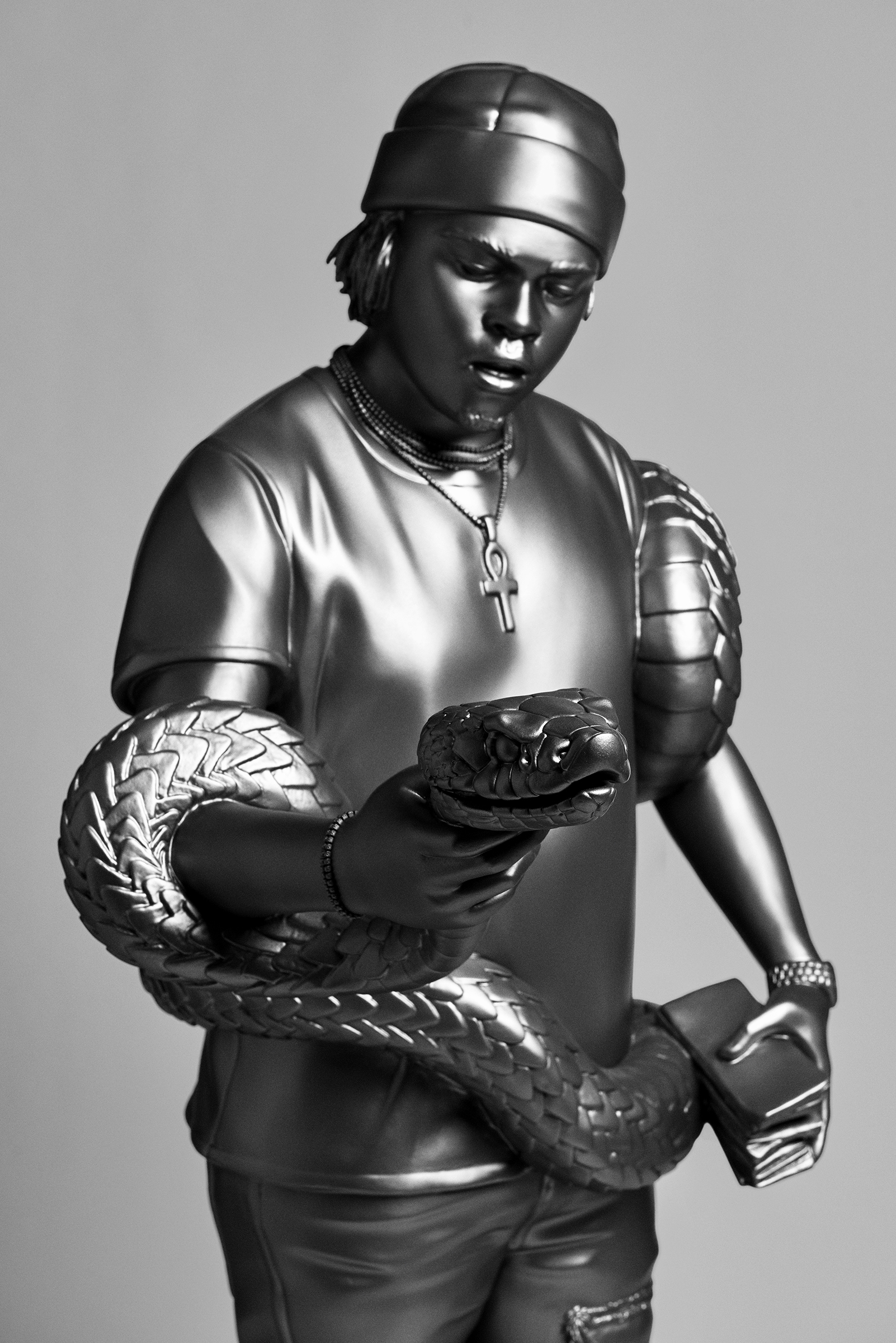


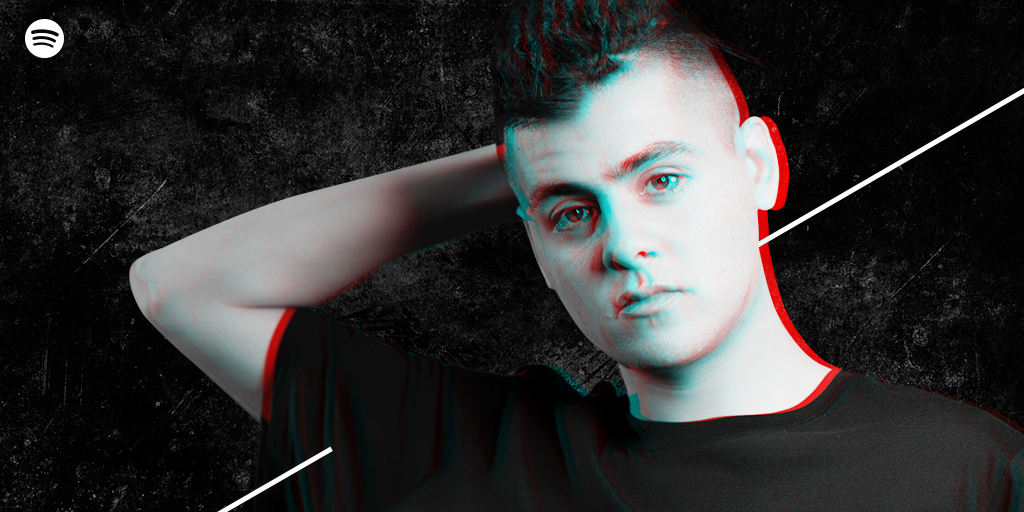
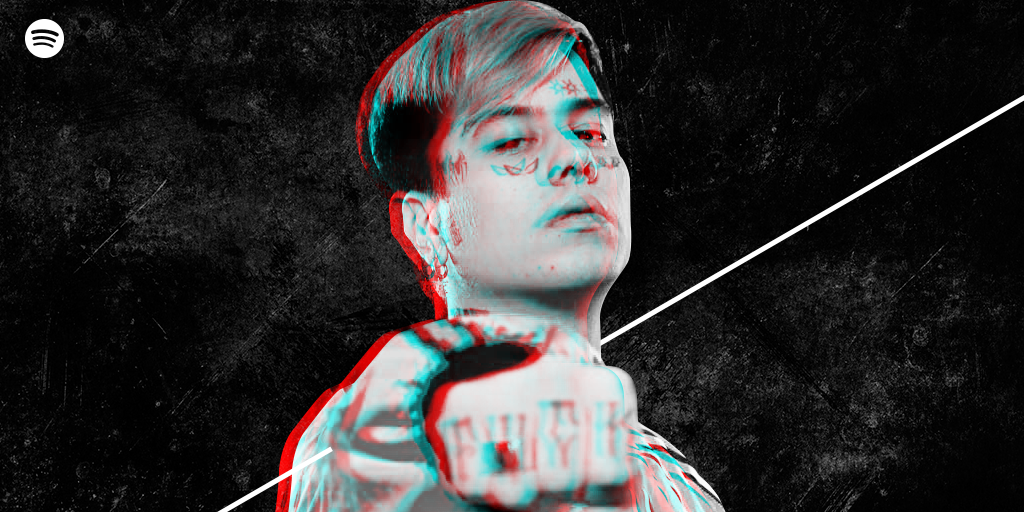
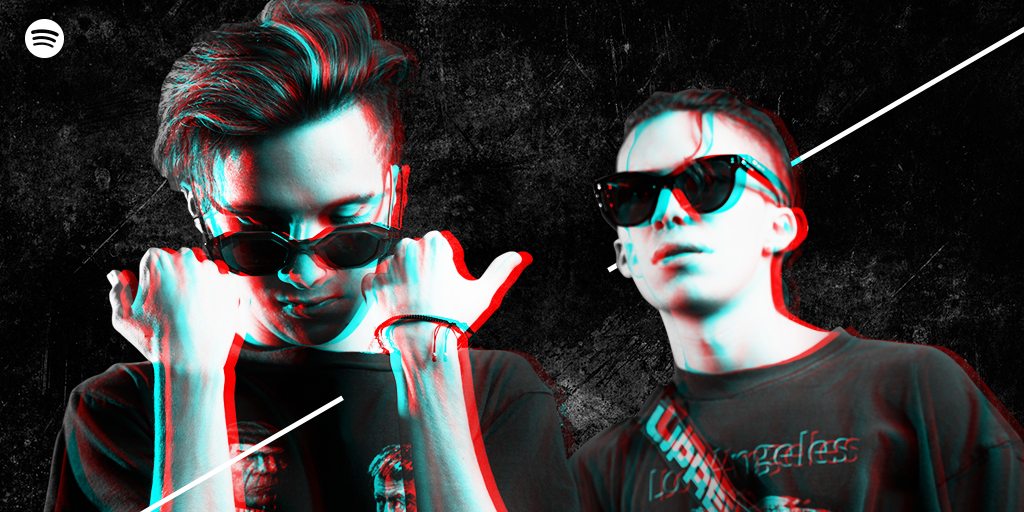
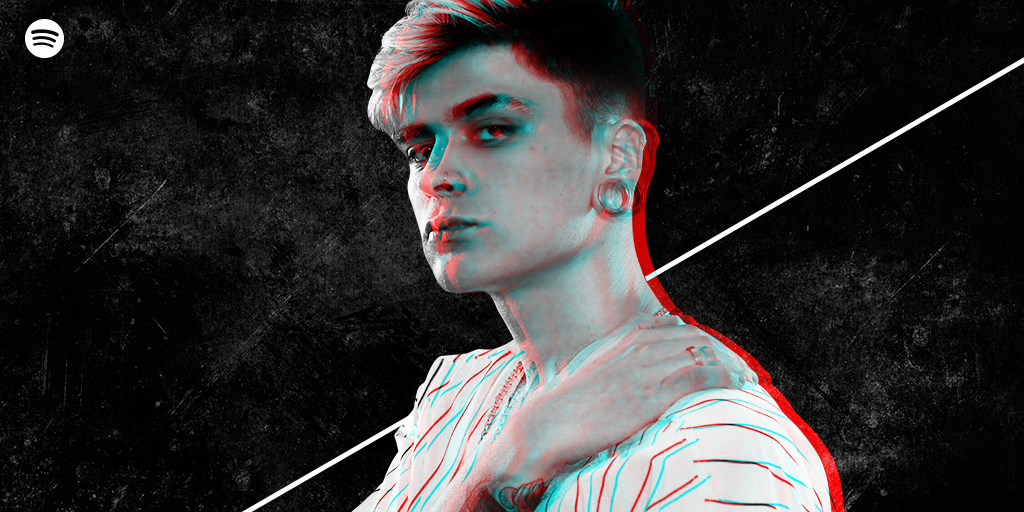
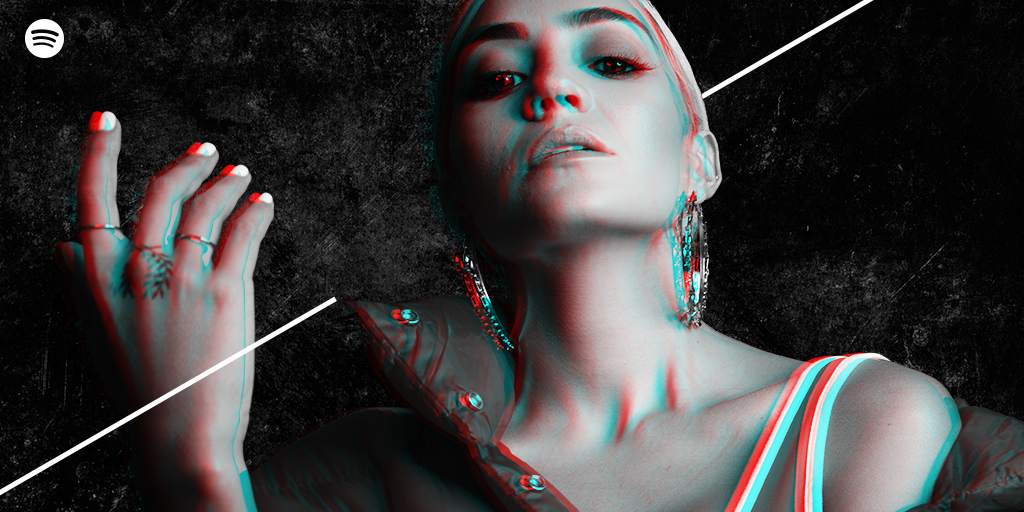
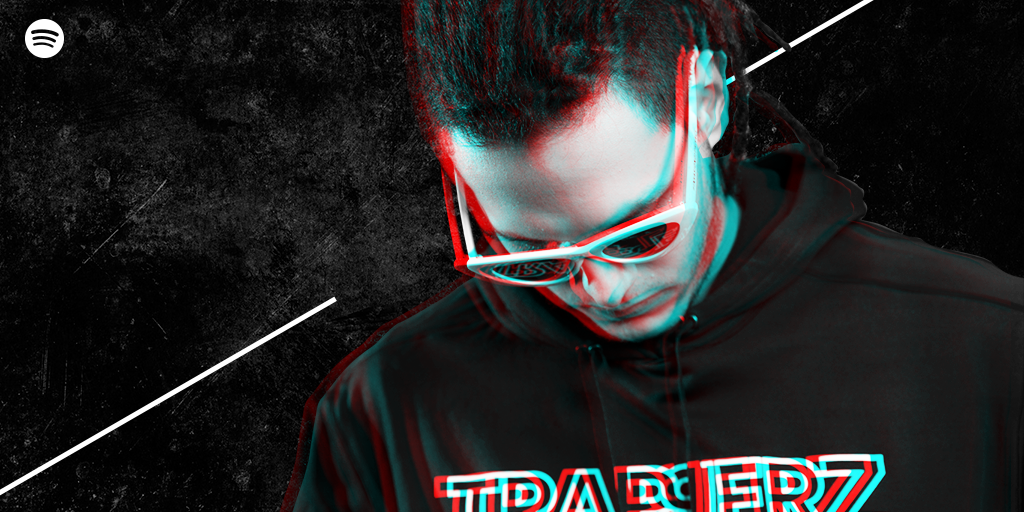
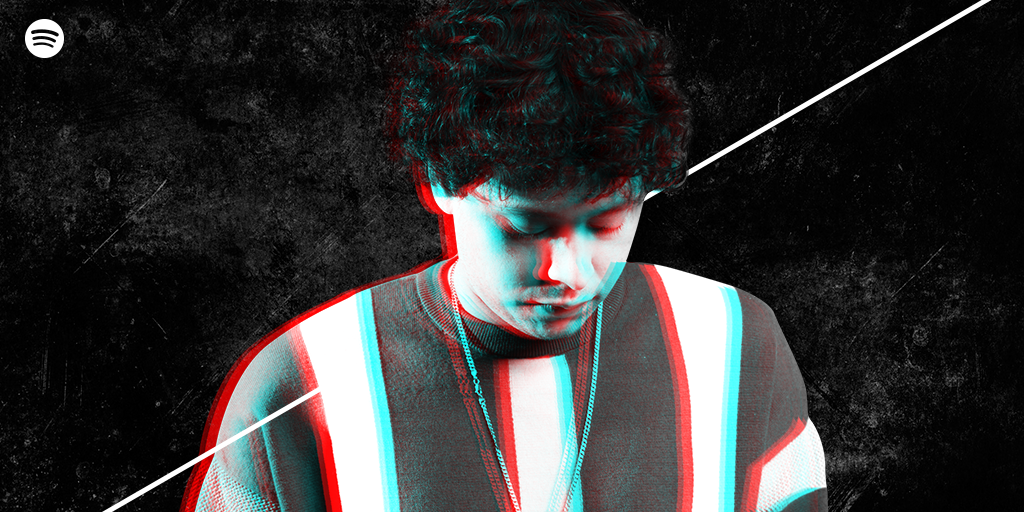

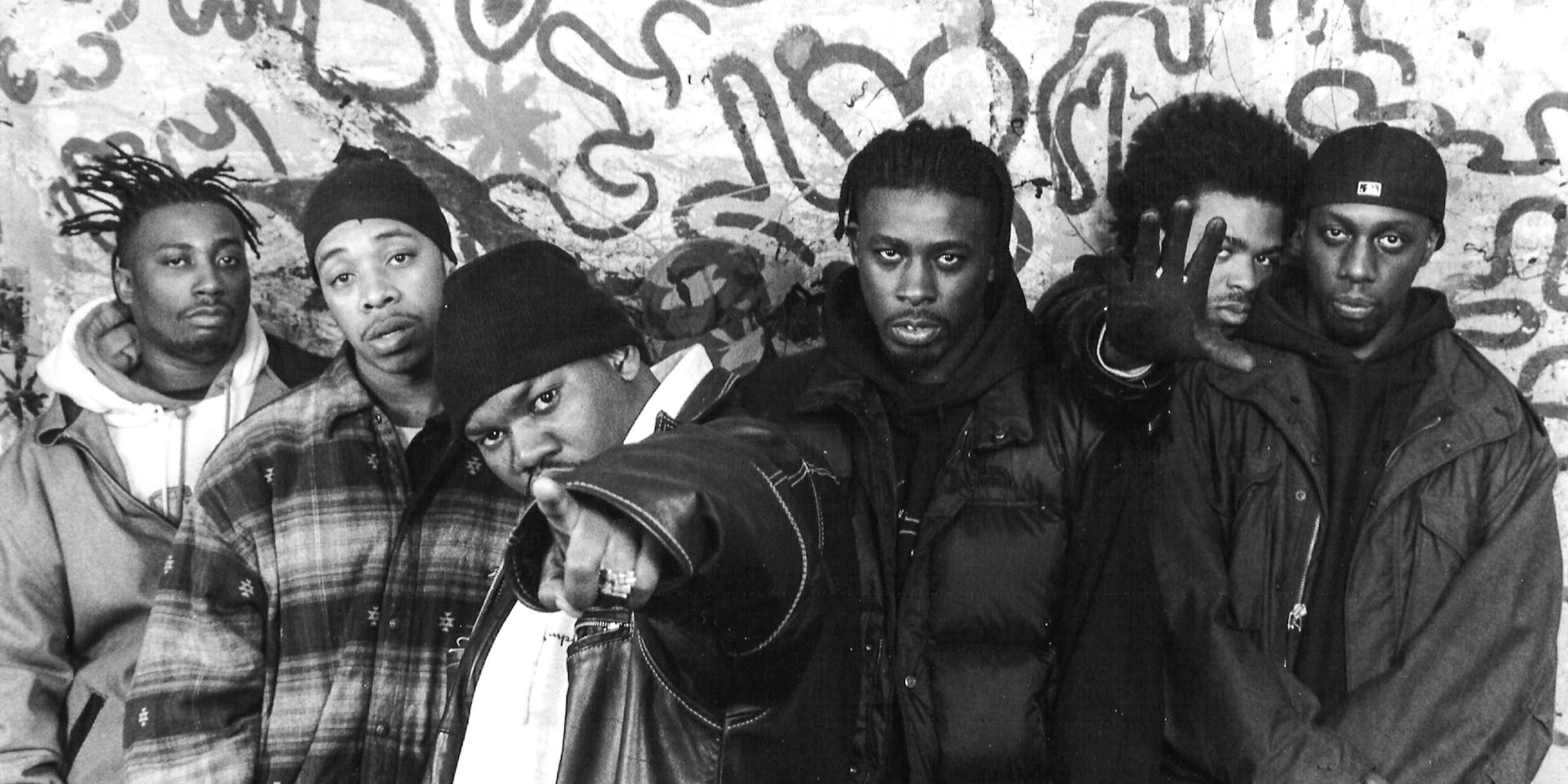
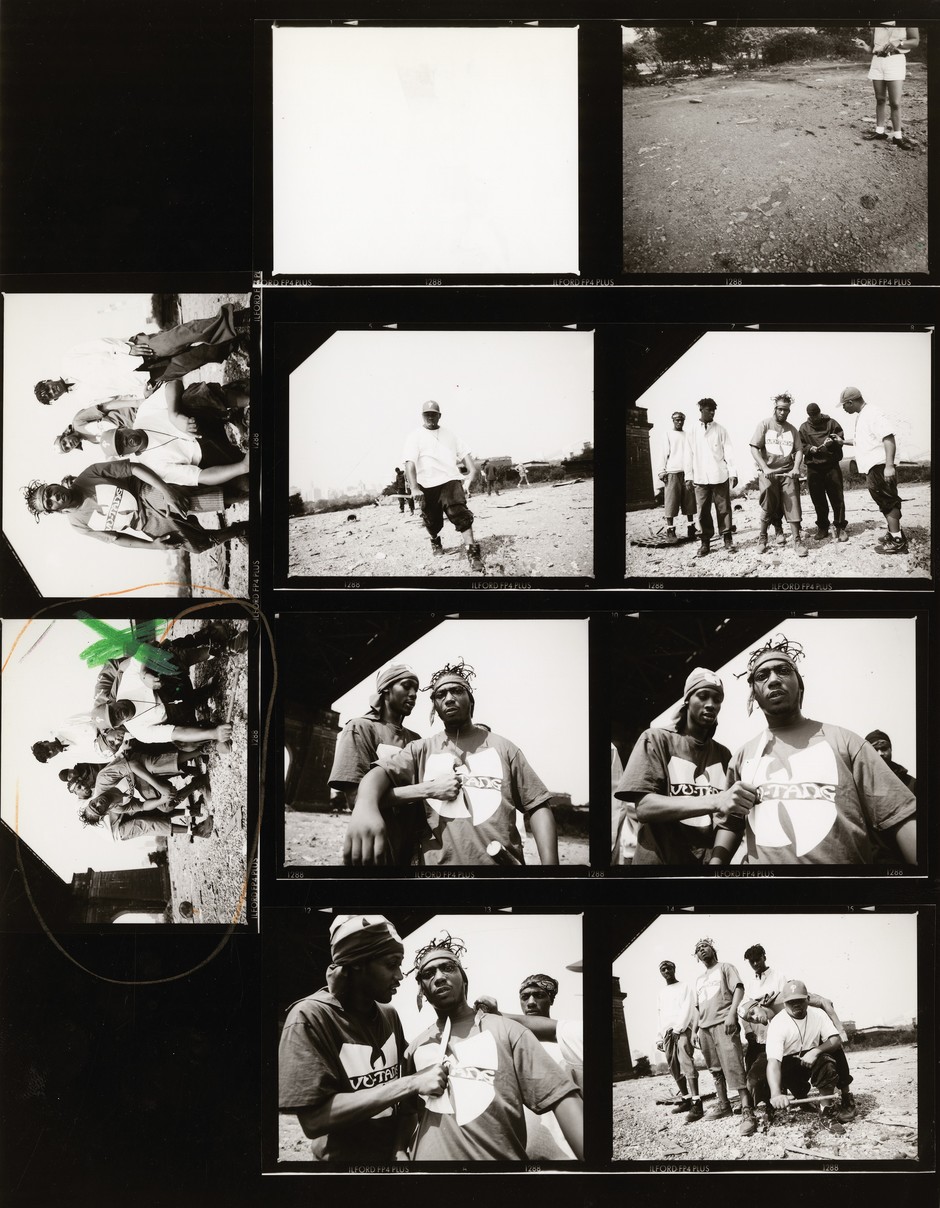
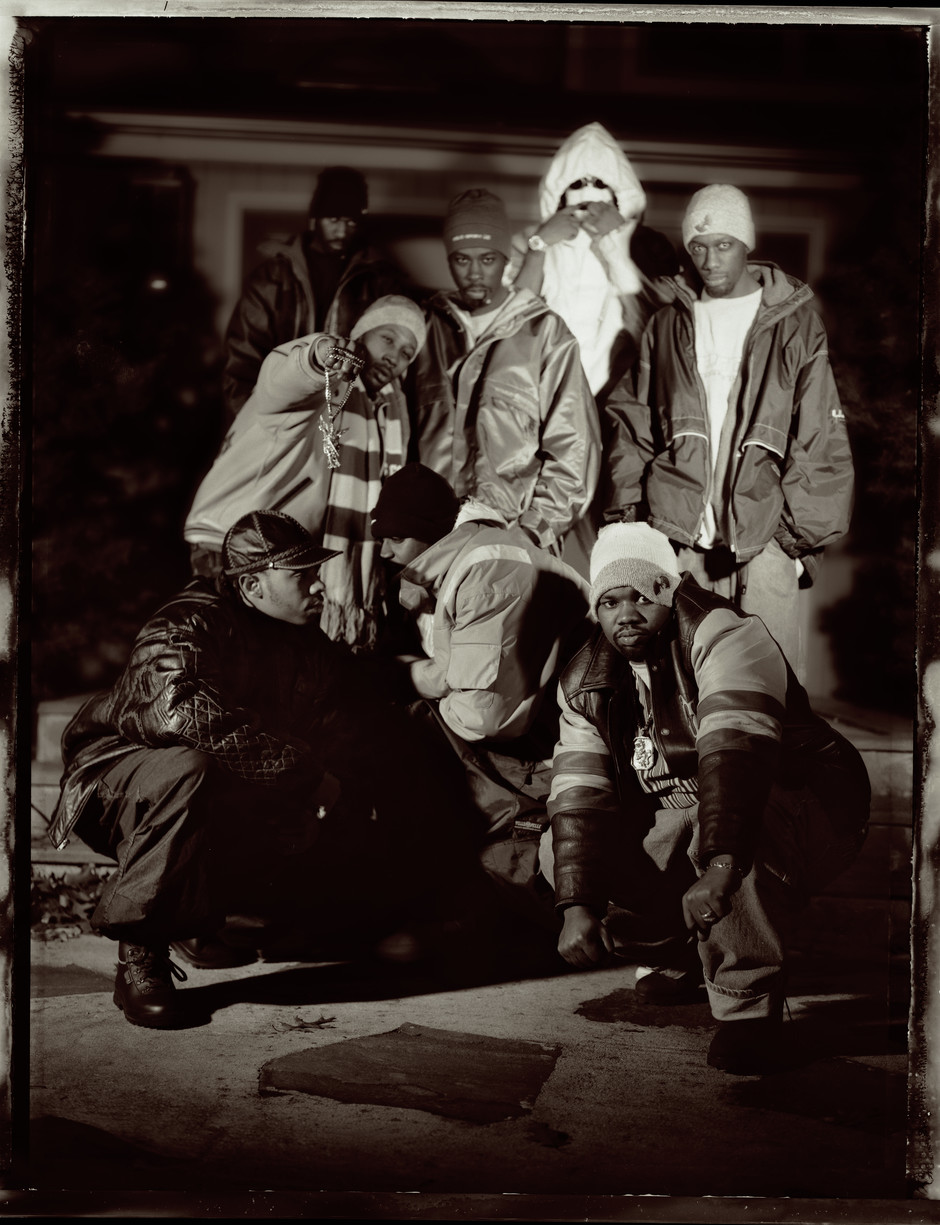


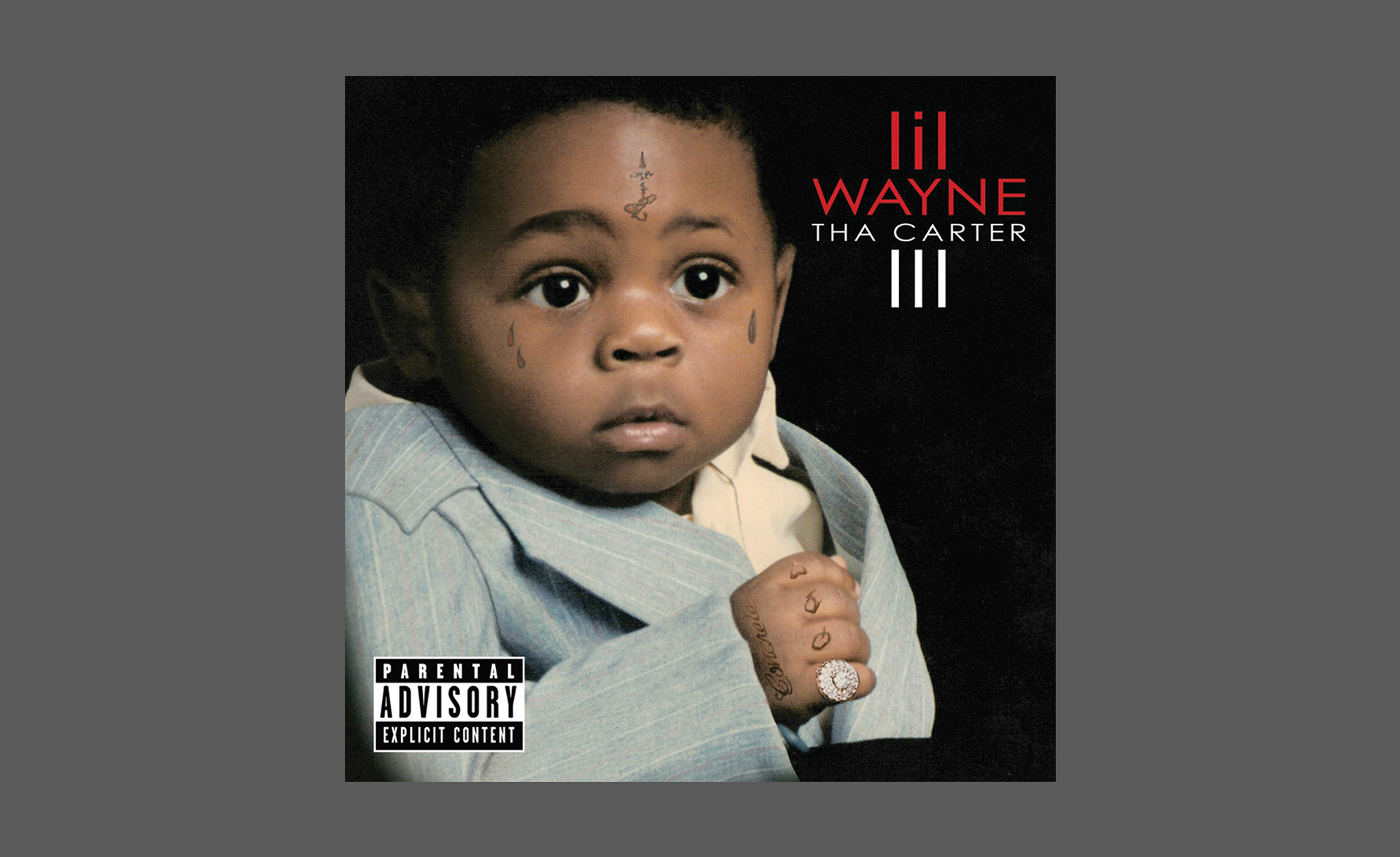
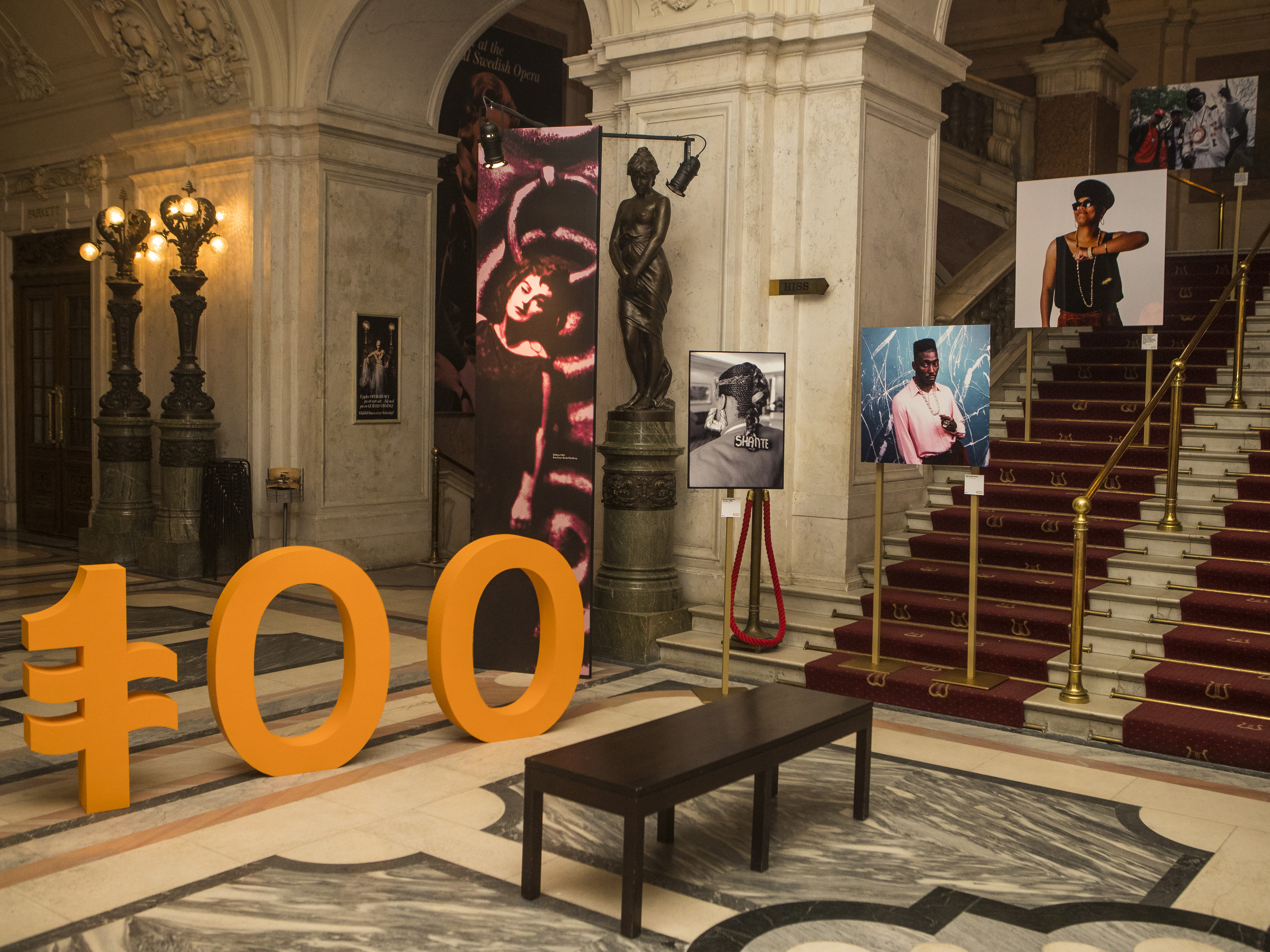
Recent Comments